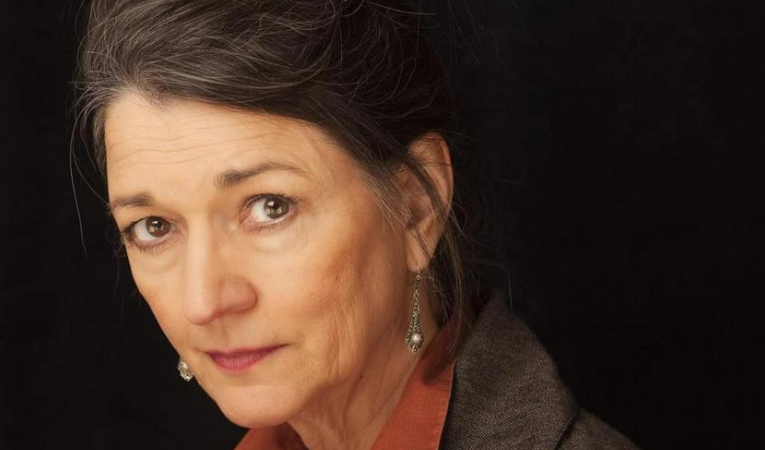This originally appeared in The Boston Globe on December 30, 2014.
Fairy tales come steeped in gruesome and explicit imagery. In contrast to today’s politically-correct sensibilities, folk stories revel in death, torture, sexual perversion, and betrayal. But one tale by the Brothers Grimm went too far.
In “Playing Butchers,” a man slaughters a pig as his children watch. Afterward, one child says to another: “[Y]ou be the little pig, and I’ll be the butcher.” The possibility of copycats horrified 19th-century Germans. Wilhelm Grimm argued that the story taught a valuable lesson about make-believe and real life. But no matter. The story was cut from the anthology.

In Once Upon a Time, Marina Warner shows that few things in human experience run deeper than fairy tales. In enchanted forests and other fantastical worlds, flat characters live outrageous lives, cutting to the core of human fears and desires. Fairy-tale plots and characters, in fact, feature the tropes that can be found in just about every story we tell.
In this lively, scholarly work, Warner surveys centuries of fairy tales and academic research about them. She ties these tales to virtually every aspect of culture — mythology, art, music, movies, games, and psychology. We need them, she says, to make sense of the world.
On one level, she notes, fairy tales seem childish and unworthy of attention. The basic rules of physics are suspended. Fairies and monsters of all descriptions lurk, using magical powers to seduce, fool, metamorphose, taunt, torture, rape, maim, and kill. Sexuality, jealousy, and revenge animate everyone, even innocent girls bringing picnic baskets to dear old grandmothers. Enchanted trees, streams, and inanimate objects come to life, producing tabloid-style gore.
So much perverse action fills these tales that the characters themselves are not rounded but mere vessels for wild imagination. “There is no psychology in a fairy tale,” notes Philip Pullman, the British author of fantasy novels. “The characters have no interior life. . . . One might almost say that the characters in a fairy tale are not actually conscious.” With the characters lacking depth, the readers project their own lives — and fears and fantasies — onto them.
If fairy tales seem childish, they often embed dangerous adult messages. The more fantastical a story, Warner writes, the greater the opportunity to take on serious issues — and to confront powerful forces without retribution. Dissidents from Christ to Havel understand the power of parables, coded with messages about morality and power. These tales offer “protective camouflage” to speak truth to power. Kings and rich people alike are unmasked as petty and treacherous.
Classic tales like “Little Red Riding Hood,” “Bluebeard,” “Cinderella,” “Hansel and Gretel,” and “Snow White” all depict evil beings in charge of isolated, enchanted worlds. The victims’ innocence dooms them, until someone comes to the rescue. But even when the world is set right again, the world’s brutality never leaves consciousness. Fairy tales accept that life is tragic, horribly unfair.
On one level, she notes, fairy tales seem childish and unworthy of attention. The basic rules of physics are suspended. Fairies and monsters of all descriptions lurk, using magical powers to seduce, fool, metamorphose, taunt, torture, rape, maim, and kill. Sexuality, jealousy, and revenge animate everyone, even innocent girls bringing picnic baskets to dear old grandmothers. Enchanted trees, streams, and inanimate objects come to life, producing tabloid-style gore.
So much perverse action fills these tales that the characters themselves are not rounded but mere vessels for wild imagination. “There is no psychology in a fairy tale,” notes Philip Pullman, the British author of fantasy novels. “The characters have no interior life. . . . One might almost say that the characters in a fairy tale are not actually conscious.” With the characters lacking depth, the readers project their own lives — and fears and fantasies — onto them.
If fairy tales seem childish, they often embed dangerous adult messages. The more fantastical a story, Warner writes, the greater the opportunity to take on serious issues — and to confront powerful forces without retribution. Dissidents from Christ to Havel understand the power of parables, coded with messages about morality and power. These tales offer “protective camouflage” to speak truth to power. Kings and rich people alike are unmasked as petty and treacherous.
Classic tales like “Little Red Riding Hood,” “Bluebeard,” “Cinderella,” “Hansel and Gretel,” and “Snow White” all depict evil beings in charge of isolated, enchanted worlds. The victims’ innocence dooms them, until someone comes to the rescue. But even when the world is set right again, the world’s brutality never leaves consciousness. Fairy tales accept that life is tragic, horribly unfair.



